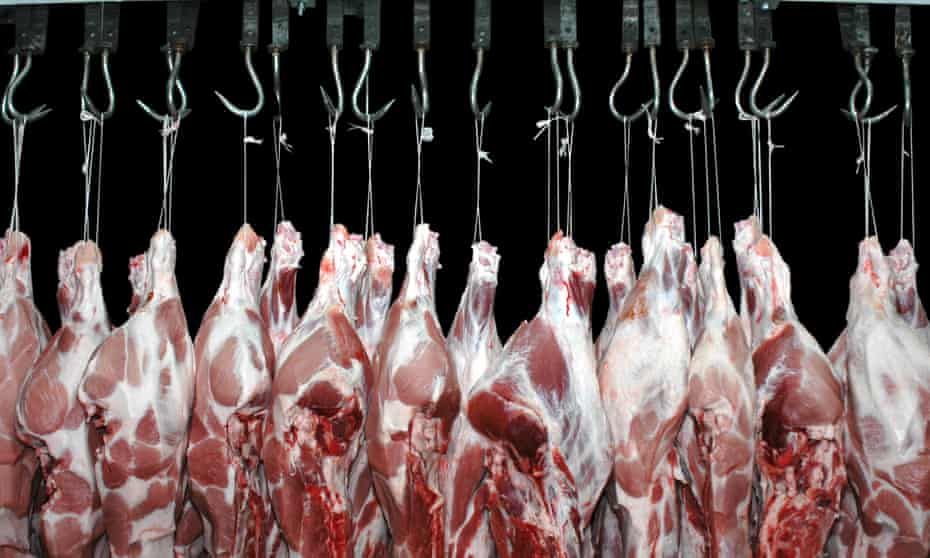Extract from The Guardian
Explainer: Key points from the final section of the IPCC’s latest review of climate science
The world has only a narrow chance of limiting global heating to 1.5C above pre-industrial levels, and is falling far behind on making the changes needed to transform the global economy to a low-carbon footing.
Overshooting 1.5C is now “almost inevitable”, but the overshoot could be temporary and temperatures could be returned to 1.5C by the end of this century if countries seek to reduce greenhouse gas emissions drastically this decade.
Technologies such as carbon dioxide removal are also likely to be needed, to limit and reduce carbon dioxide concentrations in the atmosphere, and the world must reach net zero emissions by 2050.
What about fossil fuels?
The world is planning far too many new coal-fired power plants, gas installations, and other fossil fuel infrastructure to stay within the carbon budgets needed to meet the 1.5C goal. While the Intergovernmental Panel on Climate Change (IPCC) holds open the door to technologies such as carbon capture and storage that could be used to neutralise emissions from new power plants, it makes it clear that the only realistic scenarios for keeping within 1.5C in the long term involve effectively phasing out coal use.
What about tree planting?
Preserving the world’s existing forests, peatlands and other natural carbon stores must be a priority, and growing new forests and restoring soils and landscapes will be essential. But no amount of tree planting will be enough to cancel out the effects of continued fossil fuel emissions.
Is it possible to take carbon dioxide out of the air?
Carbon capture and storage (CCS) is the name given to technologies that take carbon dioxide from major sources, such as fossil fuel power plants, and then liquefy the gas to be pumped underground for long-term storage, for instance in depleted oil or gas fields. This technology is likely to be expensive, and though it has been discussed for two decades, is currently only used at a small scale.
As the IPCC found that exceeding 1.5C was “almost inevitable”, these “negative emissions” technologies are likely to be necessary to ensure that any temperature overshoot is temporary. But the IPCC was also clear that they cannot substitute for ending our dependence on fossil fuels now.
Robert Gross, as professor of energy policy at Imperial College London and director of the UK Energy Research Centre, said: “We will need not just net zero but to start to remove CO2 from the air. We cannot do one instead of the other, but we have reached the point where it is likely that humanity will need to do both to avoid dangerous climate change.”
Will we need to change our lifestyles?
Yes. The IPCC has made it clear that everything will need to change: energy, buildings, transport, food and industry. This will include “demand management”, or reducing our consumption and demand for energy-intensive goods. Dietary changes, especially eating less meat, will be needed to reduce methane in particular. But there are vast inequalities in consumption – the 10% of biggest emitters account for a disproportionate amount of global emissions, and these people could still enjoy comfortable and even luxurious lifestyles while reducing their environmental impact.
Daniela Schmidt, a professor at the School of Earth Sciences at the University of Bristol, said: “A small minority of 10% of the people on this planet are producing between 34% and 45% of the global carbon emissions, which is a staggering number. Per capita consumption is a strong expression of decisions of the few impacting the many which are often also the most vulnerable to climate change impacts.”
Will it cost a lot?
Why is this working group 3?
This is the third instalment of the IPCC’s sixth assessment report since 1988, covering ways of reducing greenhouse gas emissions. It follows a first section published last August that warned human changes to the climate were becoming irreversible; and a second section published at the end of February warning of catastrophic impacts.
What will be the impact of the IPCC report?
Governments will meet in Egypt this November to discuss ratcheting up their targets on cutting greenhouse gas emissions, in line with a 1.5C target, having failed to reach the effort required at last year’s Cop26 summit in Glasgow. But they will face a world riven by war and geopolitical tension from the war in Ukraine, scarred by soaring energy and food prices and fears of rampant inflation. The UN and the hosts of Cop27 are hoping governments will keep prioritising the climate amid these pressing concerns.
Egypt’s foreign minister, Sameh Shoukry, made a joint statement with the UN’s climate chief, Patricia Espinosa, and Alok Sharma, the UK cabinet minister who presided over Cop26. They called on governments to put new targets and policies in place: “Despite the urgency of our task, there is hope. The window for action has not yet closed. The report highlights that the falling costs of renewables and green technologies present significant opportunities for progress. There is also clear evidence that – with timely and at scale cuts to emissions – countries can pursue a mitigation pathway consistent with limiting global warming as envisaged in the Paris agreement and further reflected in the Glasgow climate pact, while also developing their economies through a just transition and in a sustainable way. Increasingly, transitioning to a low carbon and resilient economy is the safest and most competitive choice any country, business or investor can make.”

No comments:
Post a Comment